
Published: 19/07/2024
Updated: 19/07/2024
Work is now well underway at St James’s, Llangua. Our director shares some of the highlights so far from this exciting repair project at a medieval church in Monmouthshire.
We’ve been on site at St James’s, Llangua for about 10 weeks now – and the project team has already made incredible progress!
Our appointed contractor, the inimitable Jones & Fraser, spent the first few weeks getting the site organised. Preparing the access track to enable it to take scaffold lorries, encasing all the gravestones to protect them from accidental knocks, and setting up the site welfare. Once this was sorted, the internal scaffold was erected – it’s no exaggeration to say it was just in the nick of time – this roof was ready to fall in. Internally, it's a tight lattice of poles and props holding up each individual truss at multiple points. While this was going on, the rest of the team made the most of the good weather and started the long process of raking out the cement mortar pointing. The various mortars used on the church were tested, and samples of lime and earth mortars and renders (sponged, trowelled and wooden float finishes) were prepared for discussion.
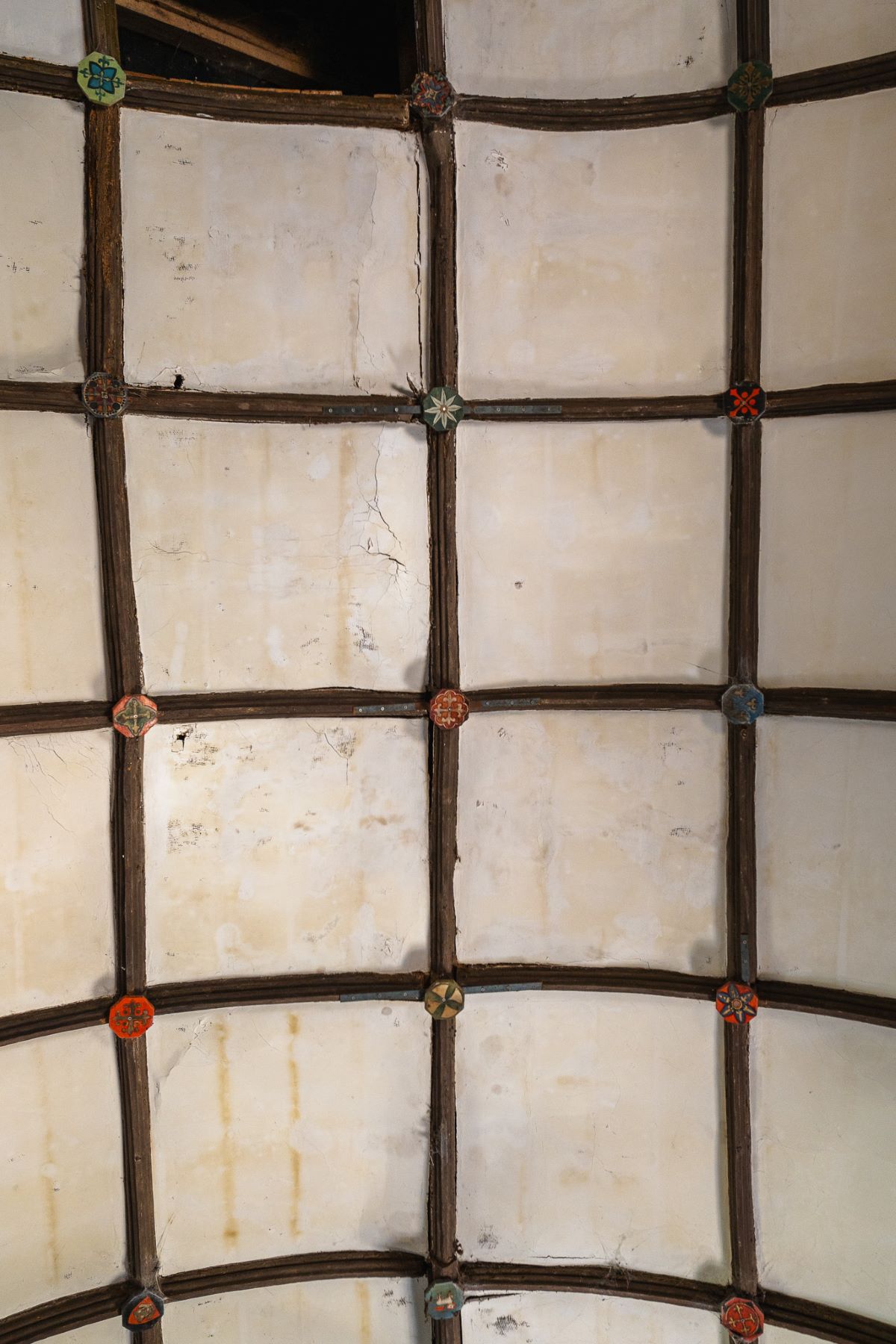
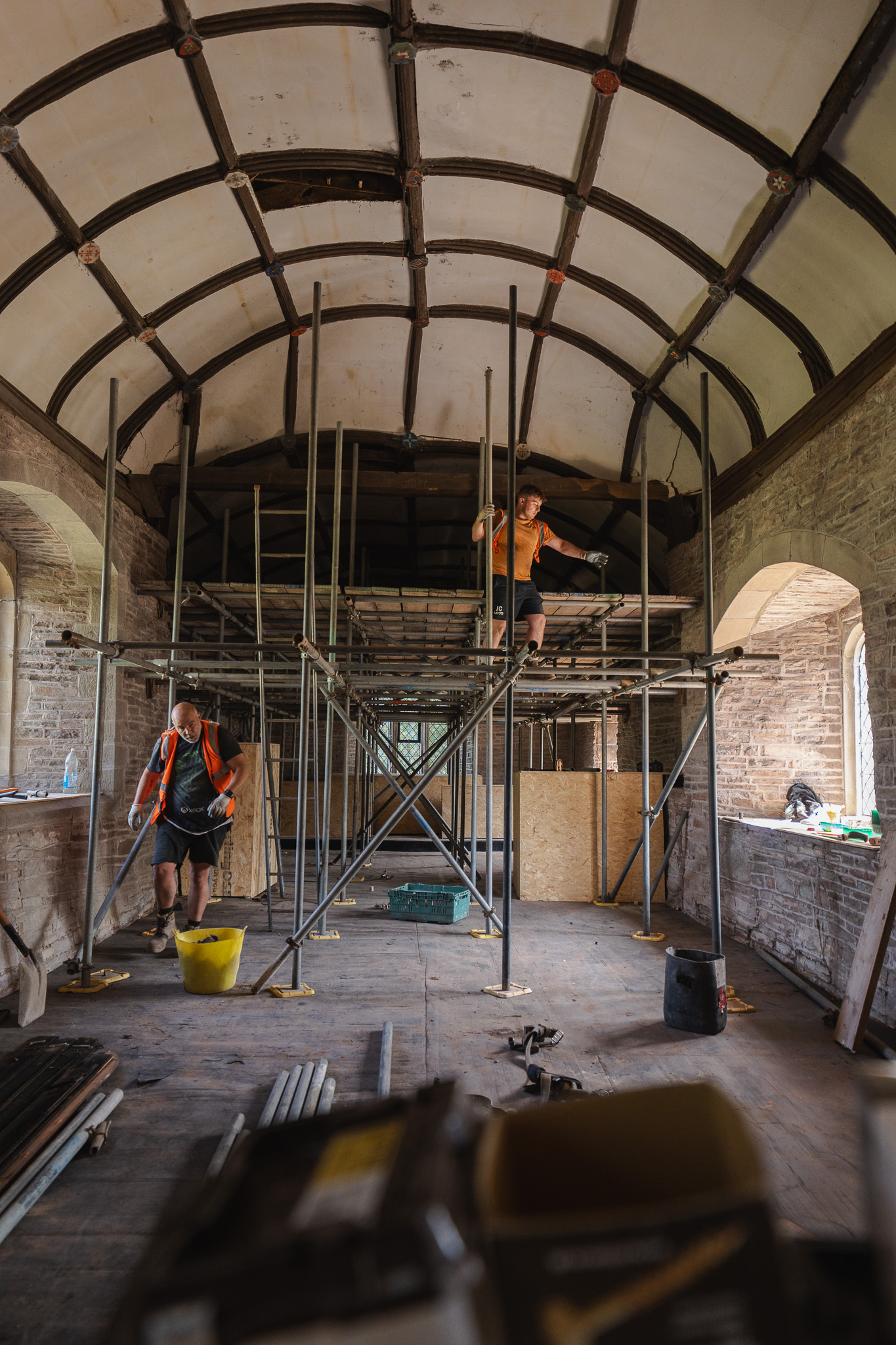
Once the roof was stabilised internally, the mammoth task of erecting the external scaffold started. This is a temporary roof scaffold, to enable the roofers to work whatever the weather, and also has a vast area at roof level (what the contractors describe as the dancefloor!) where the timber roof trusses will be repaired.
The scaffold design and construction is elaborate and intricate, and a word of appreciation must go the scaffolders. What they’ve created is a feat of engineering and a work of art. Bravo!
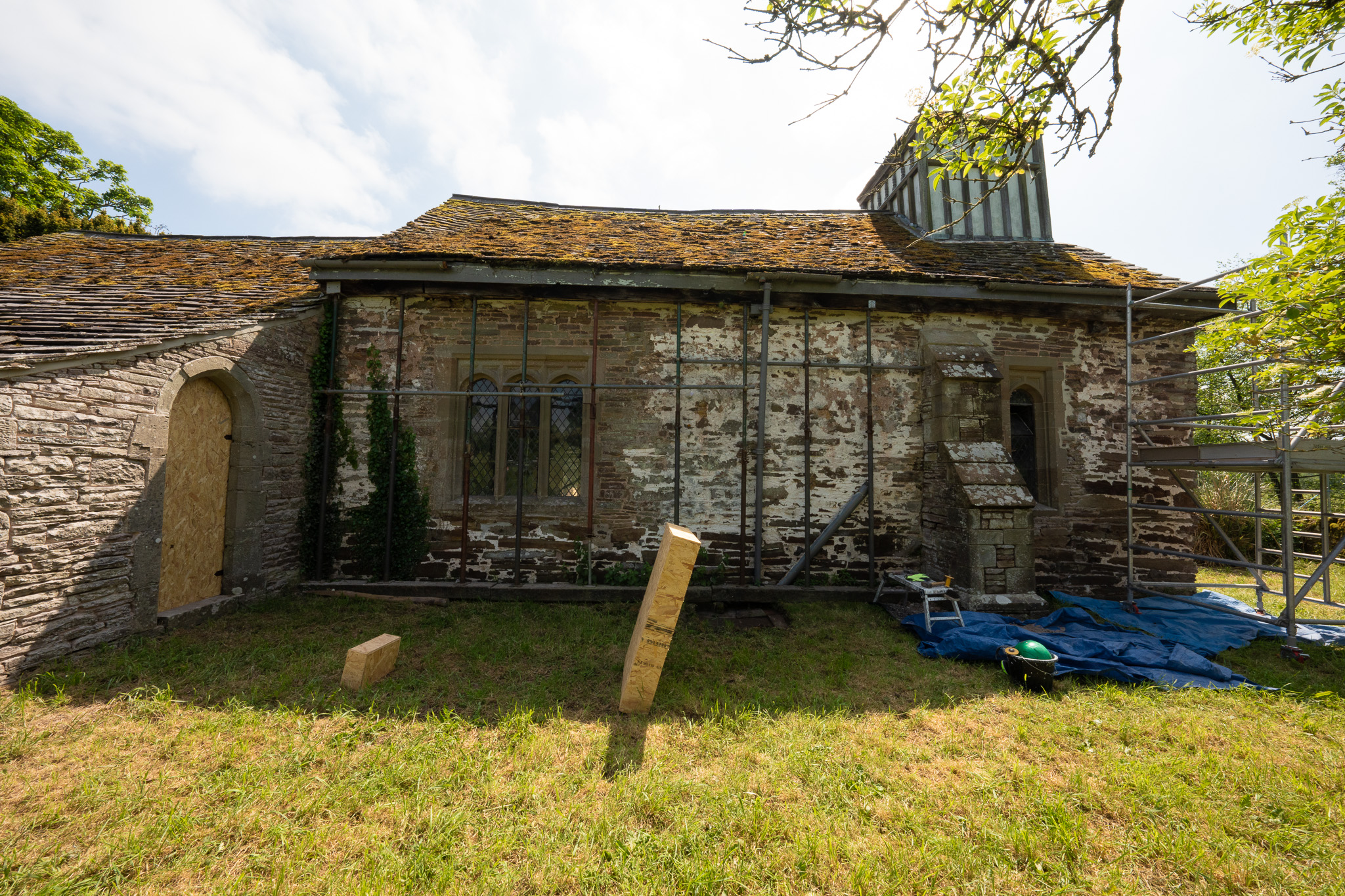
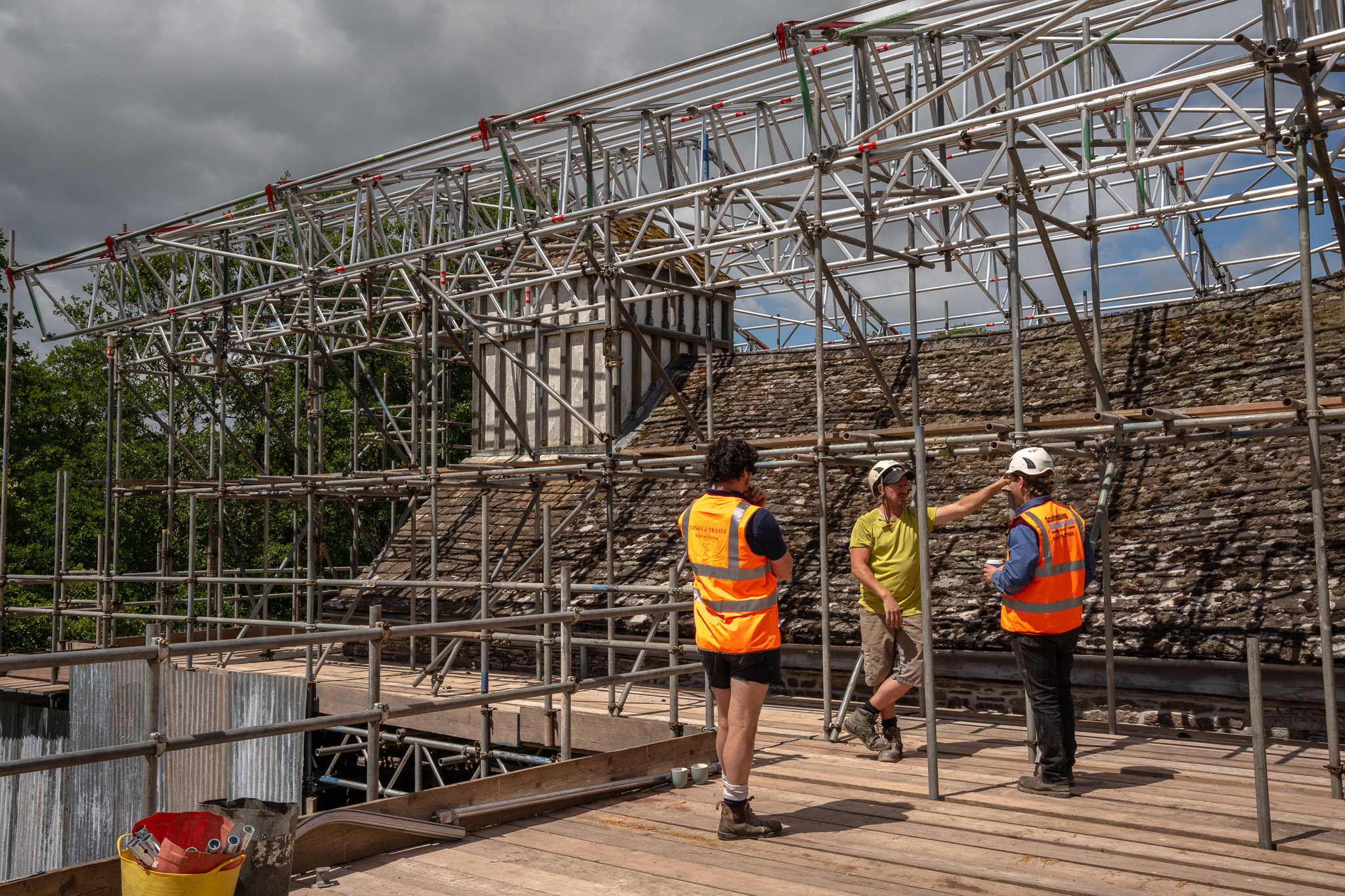


Once the scaffold framework was in place, the roof sheeting could be stretched over the structure. The lovely (if rather heavy and overloading) stone roof tiles provide a home to various rare mosses. The most significant being Hedwigia Ciliata Var Leucophaea. This moss is light sensitive, so the installation of the roof covering had to be synchronised with the stripping of the tiles and supervised by an ecologist. The tiles were then mounted on purpose-made angled and suspended pallets, which retain the mosses in a similar configuration to how they were on the roof.
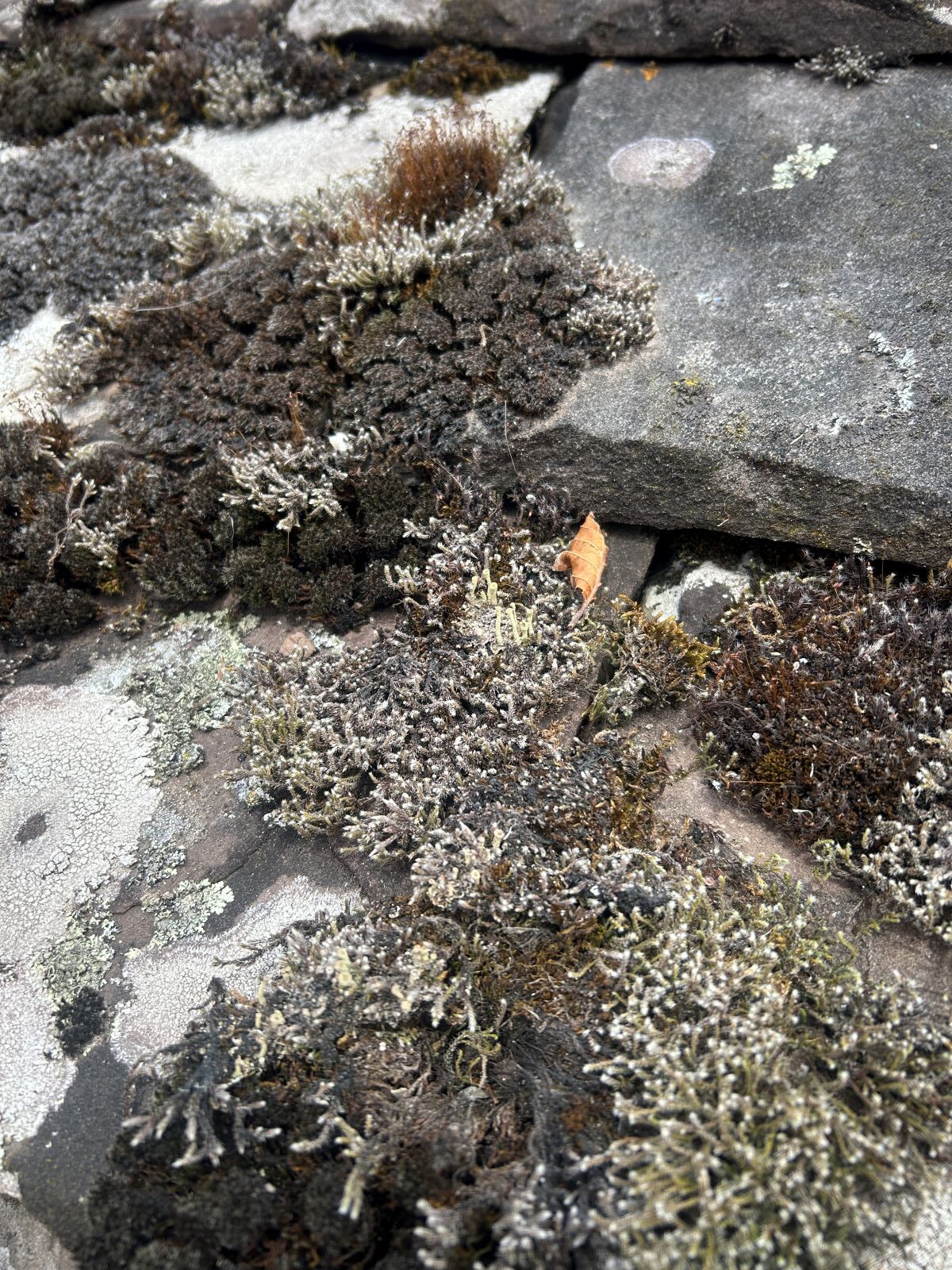

With the timber skeleton of the roof laid bare, it was possible to inspect each truss individually. To be completely honest – it’s a bit of a mess up there. Decay – old and new, and various phases of making do with that was available – including B&Q style metal shelf brackets, timber offcuts and string. (But we’re not here to judge – our predecessors did what they could with what they had, and they kept the building going.)
Now, working with our architect (Andrew Faulkner) and engineers (Steve Swinbank, Mann Williams), Jones & Fraser are beginning to develop a repair strategy for each individual truss. This is careful, thoughtful, skilled work, and we are delighted that St James’s is in such good hands.
St James’s is one of the most organised, joyful and friendly sites we’ve ever encountered. This is all down to Jones & Fraser, who are not only experts with sound conservation ethics, but have been excited and enthusiastic about the place and project since the start. Watch this space for information on open days where you will be able to meet the team, hear about the project and get hands-on with some roof tiles and woodwork. What more could anyone want?!


In July, we were delighted to learn that the Garfield Weston Foundation had approved our grant application and awarded £30,000 towards the project. Our sincere thanks to the Foundation for supporting this project. We still have a significant deficit, which we are fundraising towards, and hope some other applications will bear fruit in due course.
In July we also had a visit from the SPAB Scholars, who spent two days on site hearing from our architect and contractor, and, as a learning exercise, developing their own strategies for repair based on the SPAB principles.
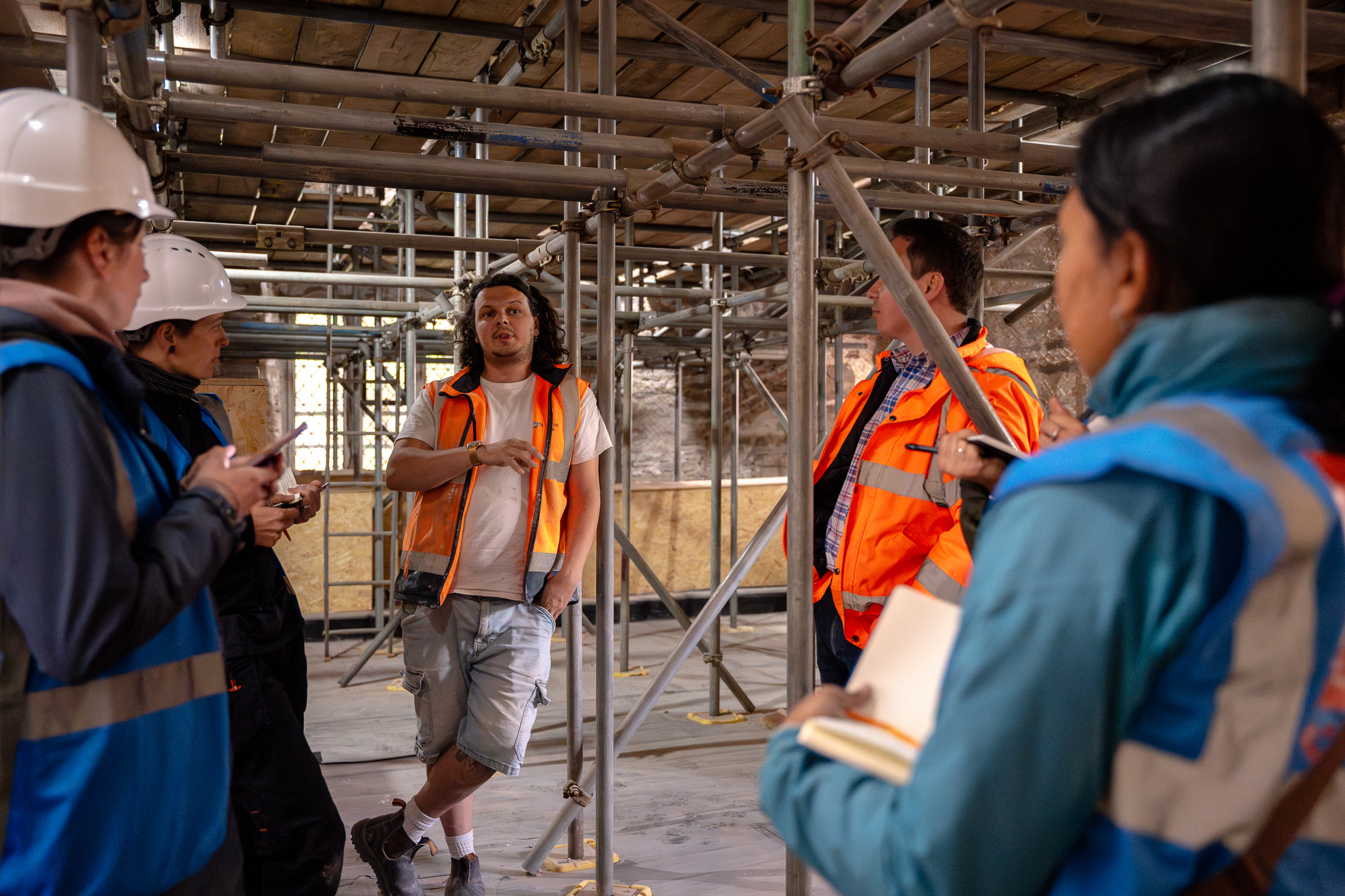
In addition to all this, we are delighted to have Lily Watts, photographer and videographer, recording the project as it progresses. Lily contacted us earlier this year to volunteer her time, expertise and craft, and we are so grateful. She’s regular on site now, and has sent through some excellent, potent images. Lily really has captured the essence of the place and the project – she’s distilled so much into single frames – composition and lighting. Thank you, Lily!

On 16 May, we gave a talk about the project at the Melville Centre. You can watch it online here.

Can you help us with our work? We care for more than 64 redundant places of worship in England and Wales — historic buildings which need continual maintenance — and we save more every single year.
Our sincere thanks to everyone who supports our work.